
Discovery of the M31 [OIII] emission arc
Recently, a major discovery by an international team of amateur astronomers and scientists has become a huge online hit, and this new discovery is just located in one of the
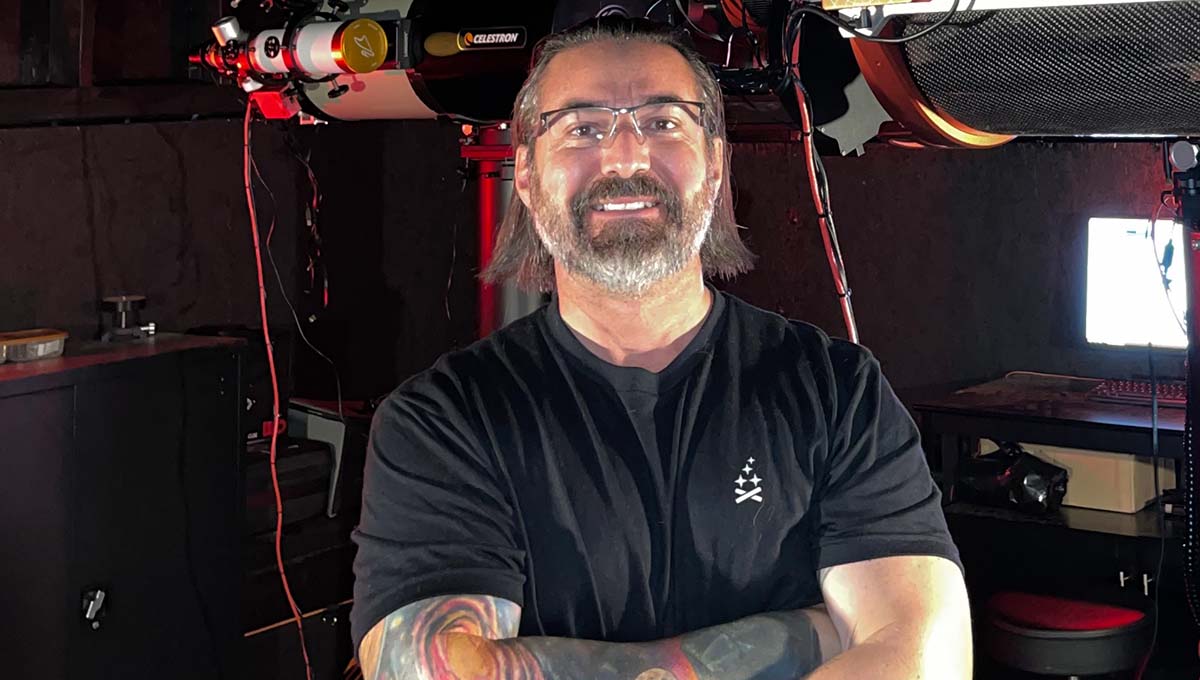
Hello Drew, thanks for accepting our interview invitation. Congratulations on winning the ASIWEEK competition in week #35/2023!
Thank you so much and greetings to everyone reading! My name is Drew Evans, and I am a passionate astrophotographer based out of Flagstaff, Arizona. I am a Digital Marketing Director by profession and an avid astronomy lover outside of work. I have a wonderful family with my wife and 3 children here in northern Arizona where we recently moved from very light polluted skies on the east coast.

Astrophotography has been my main hobby for decades now. Since I was a child, space and astronomy has always been a subject of discovering and learning for me, the ever-expanding discoveries in astronomy have always caught my attention and being able to image the universe from my Bortle 2 backyard observatory has helped blossom my passion.
I started astrophotography back in the early 2000’s with a Takahashi FS-60C refractor and Canon Digital Rebel Camera. Back then, astro imaging was hardly as easy and software-facilitated as it is now. My images were very rudimentary, and processing was almost non-existent. With a small Takahashi Sky Patrol mount, I was limited to only shooting wide field space targets. Over the years, there has been a lot of trial and error with imaging equipment graduating from wide-field to deep sky. I have since learned to strategize and plan my imaging sessions using an assortment of my gear.
My winning image of the Trifid Nebula (M20) was taken over the span of several evenings, totaling just under 20 hours of data acquisition.
Living back on the east coast my entire life, deep sky objects low on the southern horizon were extremely difficult to image due to the overwhelming light pollution outside Philadelphia. Here in Northern Arizona under Bortle 2 skies made this imaging session a dream come true.

In my backyard observatory, I have 3 permanent piers setup for complete remote imaging. Although they can be accessed from anywhere in the world, I image from a few hundred feet away from inside my home. The 18×18’ roll off roof is custom built and opens up allowing amazingly dark skies from horizon to horizon.
On top of each pier are 2 iOptron CEM120 mounts and 1 ZWO AM5 mount. The AM5 mount holds an assortment of my many refractors ranging from 180mm to 925mm shooting mono with an ASI2600mm, ZWO 7×2” EFW and Chroma LRGB SHO (3nm) filters. One CEM120 mount holds a Sharpstar SCA260 925mm shooting mono with another ASI2600mm, ZWO 7×2” EFW and Chroma LRGB SHO (3nm) filters. The other CEM120 mount holds a Celestron 11” Edge HD SCT and ASI2400mc full frame camera for OSC deep sky imaging and ASI462MC for planetary imaging.

Prior to processing, my objective is to spend at least 15-20 hours total for acquiring each image. Because many subs are imperfect, I try and use the best of the best in each batch for integration. I think that is the most important stage – great data! In terms of processing, I have a routine I follow precisely which starts in Astro Pixel Processor and ends in Pixinsight. Average processing time is usually a few hours.
Not necessarily a “target”, but an image I took of our Milky Way from our backyard last summer has been my favorite. It shows how extremely dark our night skies are here and is almost like a road map to the many deep sky objects I have imaged since.

My APOD of the Beehive Cluster (M44) is my most memorable memory. While I did not spend much time on the image, I was a bit creative acquiring it on a widefield refractor by using fishing line string to create colorful diffraction spikes.

I am a member of the Flagstaff Dark Skies Coalition here locally which supports retaining our dark night skies and also teach astronomy courses for Northern Arizona University’s Road Scholar program. I am very honored to be a part of these.
Clear weeknights and weekend evenings are for imaging. I spend most weekend mornings processing and any cloudy evenings as well. Because my observatory allows me to run automated, it is very beneficial to not lose out on time with my family, friends and other activities. I just “set it and forget it”.
I Patience! I have seen a trend, especially on social media, for instant results and gratification. It takes years, even decades, of learning and experience in this multi-faceted hobby. Have a mentor, someone you can lean on to help get you through the tricky acquisition moments, and especially the post-processing conundrums. And always invest in your mount first – that cannot be stressed enough!

I started years ago with the original ASIAIR. I fell in love with it instantly, allowing my imaging sessions to take on an entirely seamless process which I was never able to do before. Since then, my entire lineup of gear is outfitted with ZWO from cameras (2 ASI2600MM, 1 ASI2400MC Pro) to dozens of accessories (1 ASIAIR Plus, 7 ASIAIR Pro, 7 EAF, 2 EFW, 3 OAG-L, 3 ASI174MM Mini, ASI462MC and more!).
I think I share sentiment with the entire astrophotography community that a ZWO rotator (“Camera Angle Adjuster” or CAA) would be very welcome!
I plan on working on a few non-popular deep sky objects the remainder of this year with some very long acquisition time on them. I find deep sky objects that are seldomly imaged can known to be a very gratifying result when completed.
Readers can view my astrophotography here – https://www.astrobin.com/users/DrewJEvans

Recently, a major discovery by an international team of amateur astronomers and scientists has become a huge online hit, and this new discovery is just located in one of the

I was born in Guadalajara, I’m 38 years old, a musician, communications and electronics engineer, and president of the Guadalajara Astronomical Society A.C. since 2020. First Contact with Astronomy Since
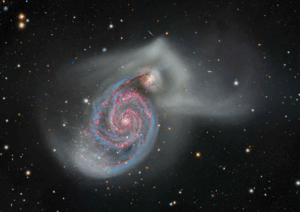
This stunning collaborative project comes from astrophotographers Alex Linde and Thomas Hansson, who joined forces across borders to photograph the Whirlpool Galaxy from Sweden, Poland, and Texas, USA. Thomas traveled across
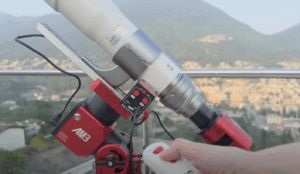
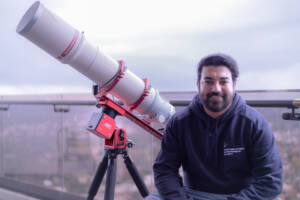
“Two thoughts immediately crossed my mind—the vastness of the cosmos, and that I could also create images like the ones that inspired me.” ” If you spend more time debugging than
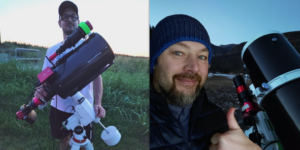
Starting the Journey For Giovanni Pasquetto, the passion for the cosmos began in 2007 when he bought his first telescope—a small Newtonian—for his son. That initial curiosity sparked a love